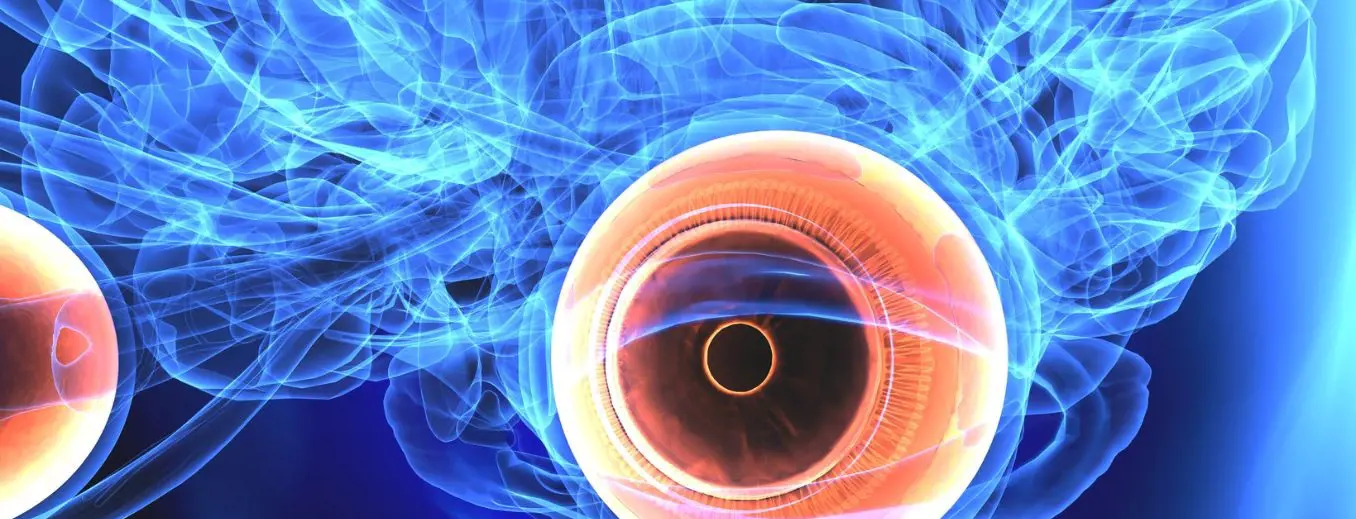Our Vision
Mohamed Shalaata, MD-PhD candidate Shelly Yacubovich, MD-PhD candidate Researchers Students for Retinal Regeneration Retinal degenerative diseases, such as retinitis pigmentosa and age-related macular degeneration, lead to irreversible vision loss due to the loss of photoreceptors and supporting structures. Current treatments are limited and do not restore lost vision. This project focuses on developing 3D-printed retinal implants personalized to individual patients. By utilizing induced pluripotent stem cells (iPSCs), we aim to create a functional, multilayered structure mimicking the photoreceptors, Retinal Pigment Epithelium (RPE), and choroid. The implants are designed to integrate seamlessly with host tissue to restore visual function. for Optic Nerve Regeneration Optic nerve injuries caused by trauma, glaucoma, or ischemia result in vision impairment due to irreversible damage to retinal ganglion cell axons. Current treatments focus on preventing further damage rather than repairing the nerve. Adipose Stem Cells for Retinal Regeneration Stem cells derived from orbital adipose tissue present a promising, easily accessible source for regenerative therapies in ophthalmology. Their potential to differentiate into retinal cell types and contribute to tissue repair remains underexplored. This study aims to isolate and characterize orbital-derived adipose stem cells (OASCs), assess their differentiation potential into retinal lineages, and evaluate their therapeutic efficacy in preclinical models of retinal degeneration. in the Pathogenesis of Pathological Myopia Pathological myopia is a leading cause of vision impairment worldwide, characterized by excessive elongation of the eye and associated structural changes, particularly in the sclera. However, the underlying mechanisms of scleral thinning and weakening are not well understood. This project investigates the role of extracellular matrix (ECM) remodeling and biomechanical changes in the sclera during the progression of myopia. Insights gained will guide the development of novel therapeutic strategies to inhibit myopia progression by targeting scleral ECM pathways. Highlighted Publications
Our Team
Research

This project develops bioactive and biocompatible injectable hydrogels incorporated with patient-derived retinal cells to provide a scaffold for axonal growth. These hydrogels are engineered to create a supportive microenvironment for optic nerve repair and functional recovery.


